Reviewed by Corey Noles
Apple's AirPods Pro 2 have held the crown as the gold standard for wireless earbuds since their September 2022 launch, but the rumor mill is buzzing with increasingly credible reports about their successor. What started as whispers has evolved into a chorus of supply-chain sources pointing to significant changes coming to both the earbuds and their charging case. We're talking about a slimmer profile, hidden status lights, and the elimination of that familiar pairing button—changes that could represent Apple's most ambitious AirPods redesign to date.
The timing makes perfect sense when you consider it's been almost three years since the AirPods Pro 2 debuted. Apple has consistently followed a three-year update cycle for their Pro line, and with multiple reports suggesting a complete redesign is in the works, 2025 appears to be the year we'll see what Cupertino has been cooking up. This extended development cycle has allowed Apple to rethink fundamental aspects of the AirPods experience, from ergonomics to health monitoring capabilities.
What's driving this dramatic design shift?
Here's where things get really interesting—the charging case is apparently getting a complete makeover that reflects Apple's broader philosophy of minimalist design meeting enhanced functionality. Multiple supply-chain sources are reporting a slimmer form factor with a concealed status LED and a front-facing capacitive pairing button. Apple has already tested this exact approach with their fourth-generation AirPods, which ditched the setup button entirely in favor of a hidden capacitive sensor.
What makes this redesign particularly compelling is how it addresses real-world durability concerns while improving aesthetics. The status light disappears when inactive on the AirPods 4, creating that seamless, almost magical appearance that Apple loves. More importantly, Apple has replaced the rear setup button with a hidden capacitive sensor, which eliminates a common point of failure and could significantly improve water resistance—a major concern for active users.
This design evolution aligns perfectly with Apple's ecosystem-wide push toward more intuitive, failure-resistant interfaces. The company has spent years perfecting capacitive touch technology across their product line, and applying these lessons to AirPods represents a natural progression that should result in more reliable, longer-lasting hardware.
The H3 chip revolution: beyond just better audio
The real excitement lies in what's powering these new AirPods, and it starts with Apple's rumored H3 chip that promises enhanced performance across multiple dimensions. Apple is said to be testing a faster audio chip that could provide "much better" Active Noise Cancellation than the already impressive AirPods Pro 2. To put this in perspective, the current H2 chip already delivers twice the noise cancellation of the original AirPods Pro, so "much better" suggests we're looking at a generational leap in audio processing power.
This enhanced processing capability enables the H3 chip to handle significantly more complex audio algorithms while potentially improving battery efficiency—a crucial balance for wireless earbuds. The increased computational power also creates the foundation for the health monitoring features that have everyone talking.
PRO TIP: The current AirPods Pro 2 already excel at blocking consistent low-frequency noise like airplane engines. The H3's improvements will likely focus on variable mid-frequency sounds—think busy cafes, construction noise, or crowded offices where current ANC struggles.
Here's where Apple's health ambitions become crystal clear. Apple is adding in-ear heart-rate tracking to AirPods Pro 3, following the successful implementation in their Powerbeats Pro 2 which just launched with this capability. But Apple isn't stopping there—they're researching ear-canal temperature sensing, which could offer faster, more reliable body-temperature readings than the skin-temperature estimates we get from Apple Watch Series 8 and later models.
The health implications are significant. Ear-canal measurements are considered more accurate than wrist-based sensors for heart rate during exercise, and core body temperature readings from the ear canal are clinically more reliable than surface skin measurements. This positions AirPods Pro 3 as genuine health monitoring devices that happen to excel at audio.
The translation capabilities represent perhaps the most futuristic feature. One rumor claims AirPods Pro 3 will partner with the iPhone's Translate app to deliver real-time conversation translation directly through the earbuds. This isn't just a convenience feature—it's a breakthrough that could eliminate language barriers in real-world scenarios, from international business meetings to travel experiences.
The September timeline: compelling evidence vs. skeptical analysts
Let's talk timing, because this is where the story gets particularly interesting. Rumors suggest AirPods Pro 3 could arrive as soon as September 2025 alongside the iPhone 17 lineup, which would follow Apple's historical playbook perfectly. The company has consistently used their September iPhone events to showcase major AirPods updates, creating synergistic marketing moments that boost adoption of both product lines.
However, respected analysts aren't entirely convinced. Ming-Chi Kuo suggested that we might not see significant AirPods updates until 2026, while Bloomberg noted in February 2025 that the AirPods Pro 3 were "still many months away." These sources have strong track records, so their caution deserves attention.
But here's why the September timeline is gaining credibility: recent Apple software releases have leaked code pointing to new hardware's imminent arrival. When Apple starts preparing their software infrastructure for new hardware—particularly code in iOS 26 that references what could be new AirPods—that hardware typically follows within months, not years. Apple's software development cycles are closely coordinated with hardware releases, making these code references strong indicators of near-term launch plans.
The market timing also makes strategic sense. Holiday shopping season remains crucial for Apple's accessory sales, and launching alongside the iPhone 17 would maximize visibility and cross-selling opportunities.
Ecosystem integration: AirPods as wellness hubs
Looking at the bigger picture, these rumored changes signal Apple's vision for AirPods as comprehensive wellness and productivity tools rather than just premium audio accessories. The health monitoring features position these earbuds to integrate seamlessly with Apple's broader health ecosystem, potentially feeding heart-rate monitoring and temperature tracking data into the Health app for more comprehensive wellness insights than current Apple Watch-only metrics provide.
This ecosystem approach creates compelling use cases that extend far beyond music listening. Imagine AirPods Pro 3 detecting elevated heart rate during a stressful meeting and discretely suggesting breathing exercises through a Health app notification, or monitoring your core body temperature during workouts to prevent overheating—functionality that positions them as essential health and productivity tools.
The competitive implications are significant. While Sony and Bose have focused primarily on audio quality improvements, Apple is potentially leapfrogging into health monitoring territory where few audio manufacturers can follow. This creates significant switching costs for users already invested in Apple's health ecosystem and differentiates AirPods from purely audio-focused competitors.
Apple's pricing strategy reinforces this positioning. The price is expected to remain around $249, similar to previous models, which suggests Apple views health features and design improvements as natural evolution rather than premium upgrades. This keeps AirPods Pro accessible to mainstream consumers while delivering genuinely advanced functionality that would typically command higher prices in dedicated health monitoring devices.
The translation capabilities, if they materialize as rumored, could establish AirPods as essential tools for international professionals and frequent travelers. Real-time conversation translation through earbuds isn't just impressive technology—it solves practical problems that affect millions of people daily, from business negotiations to travel experiences to cross-cultural communication.
Bottom line: if these rumors prove accurate, AirPods Pro 3 won't just be another incremental update. They'll represent Apple's most ambitious attempt yet to redefine wireless earbuds as indispensable personal assistants that seamlessly blend superior audio quality, meaningful health insights, real-time language translation, and effortless daily usability. The combination of a redesigned case with improved durability, the powerful H3 chip enabling advanced features, comprehensive health monitoring capabilities, and potential breakthrough translation features positions AirPods Pro 3 as the kind of transformative product that could expand the entire wireless earbuds market rather than just competing within it.




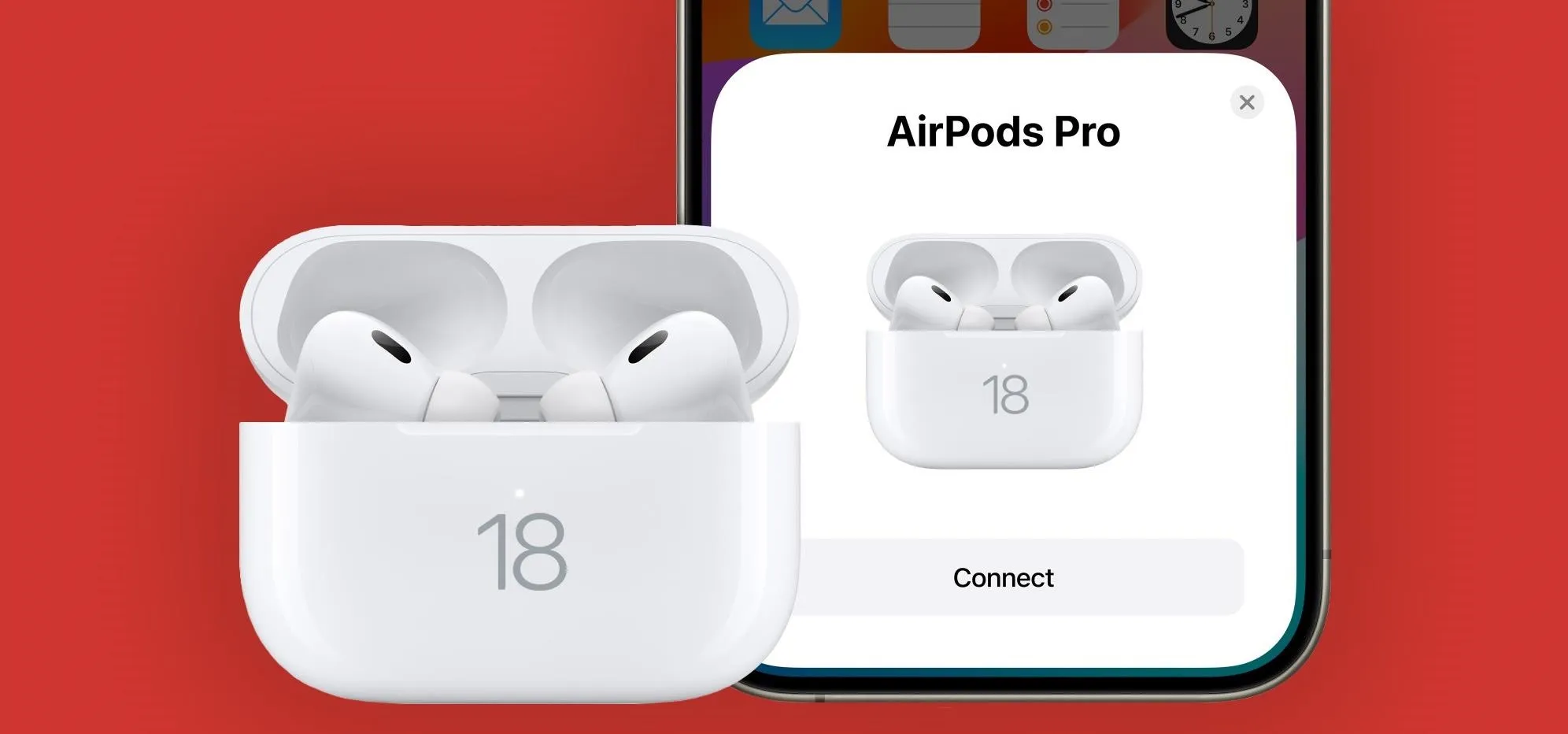


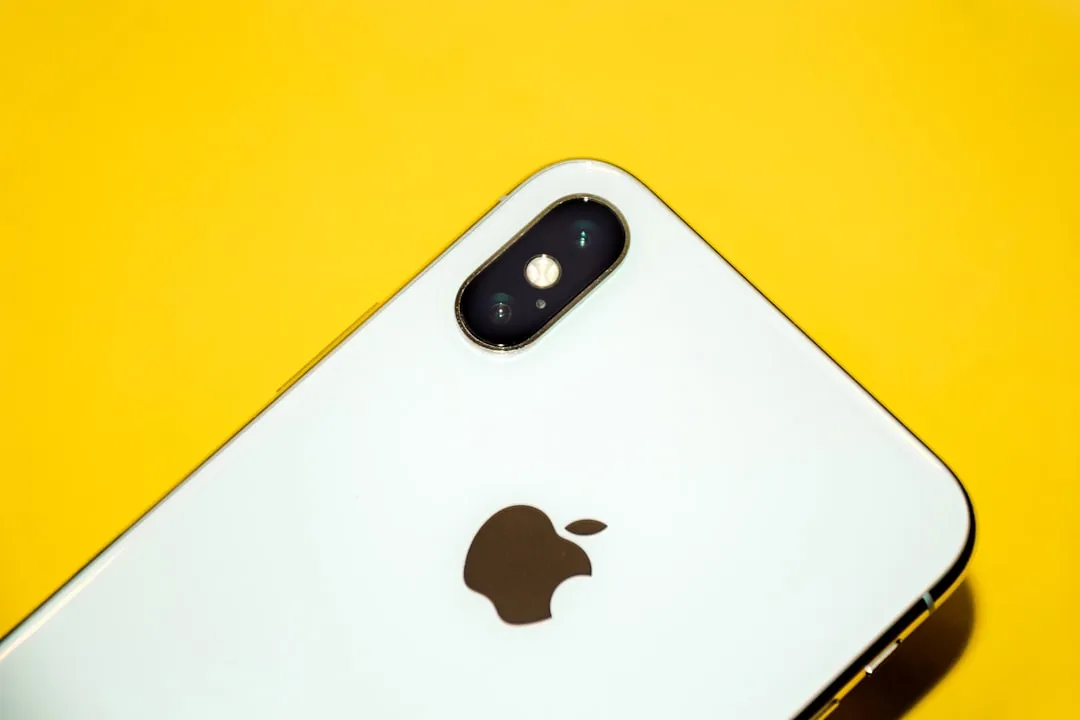

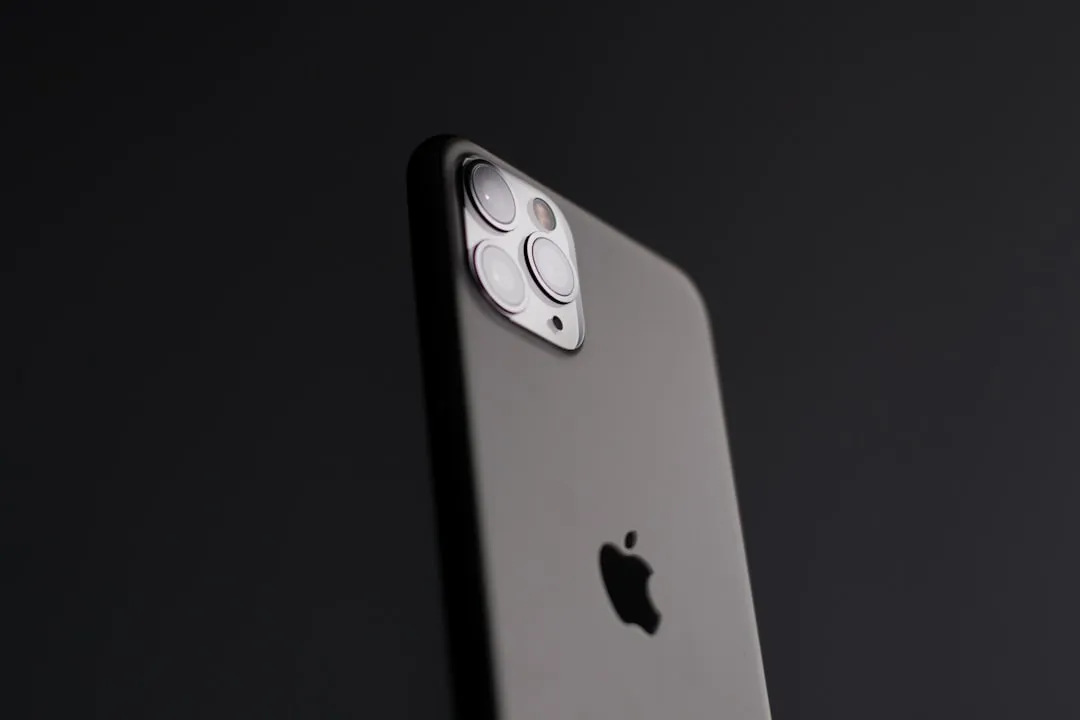


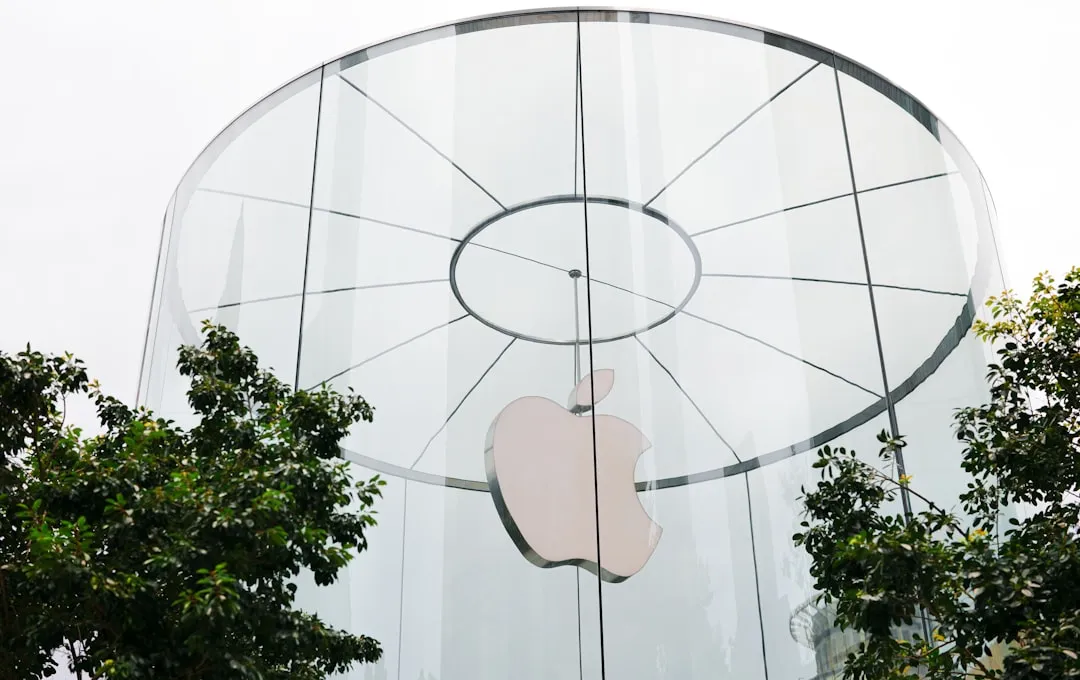
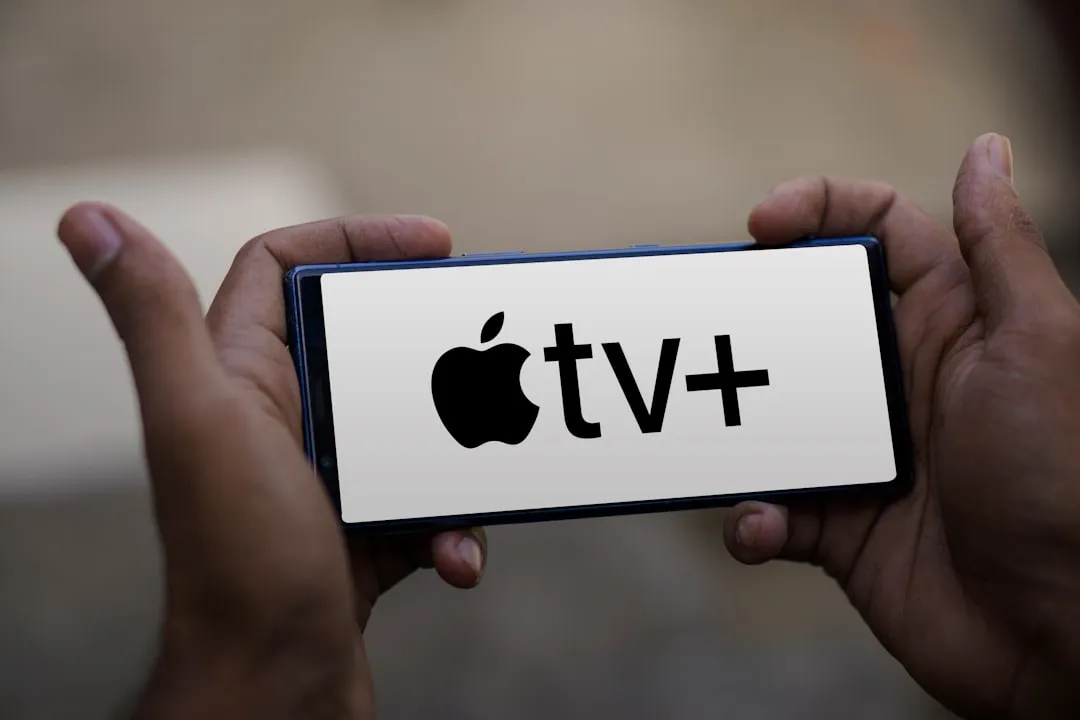
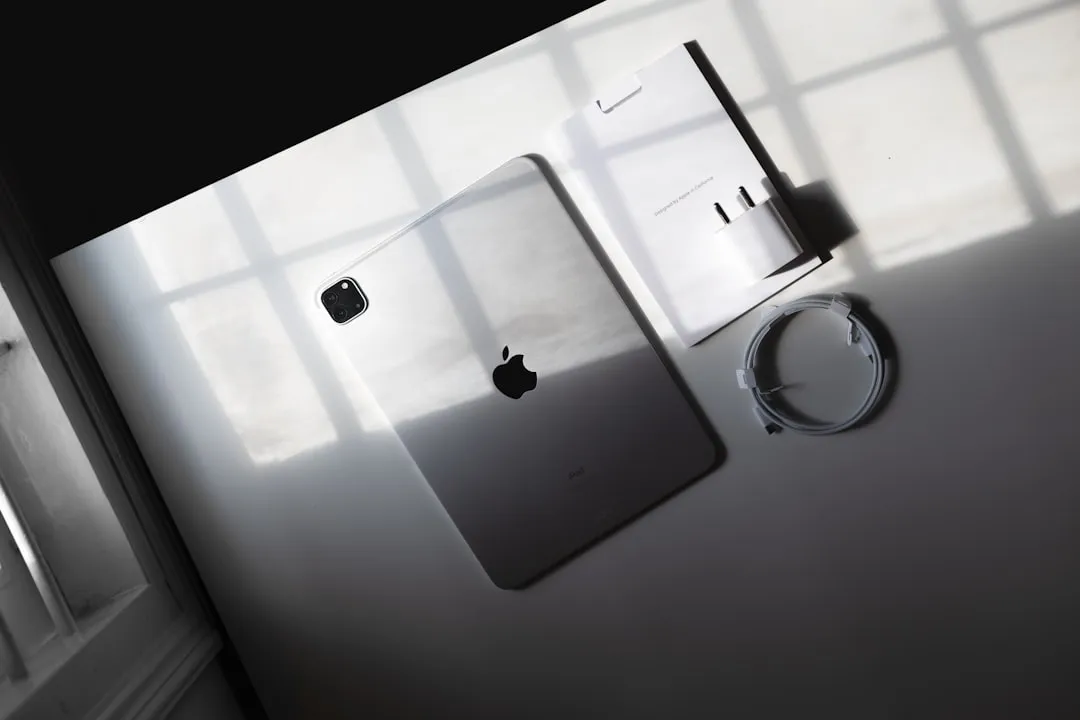

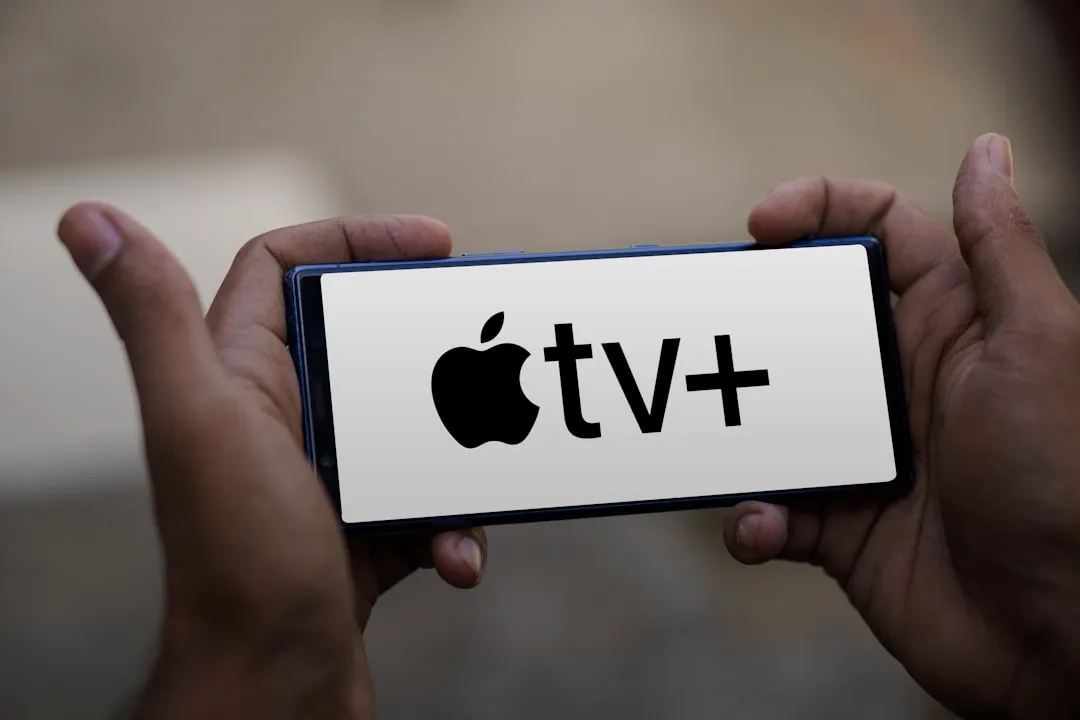


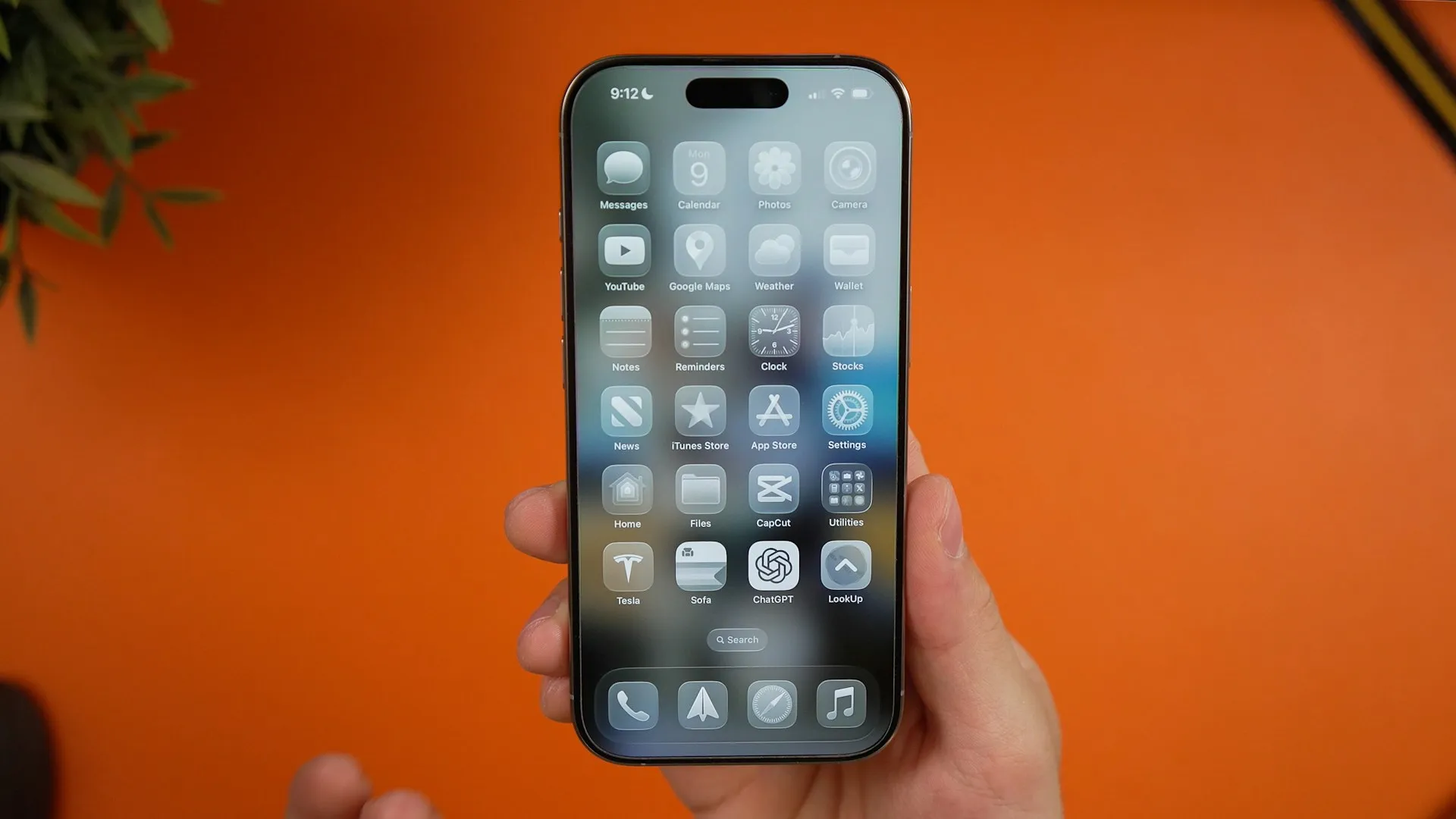

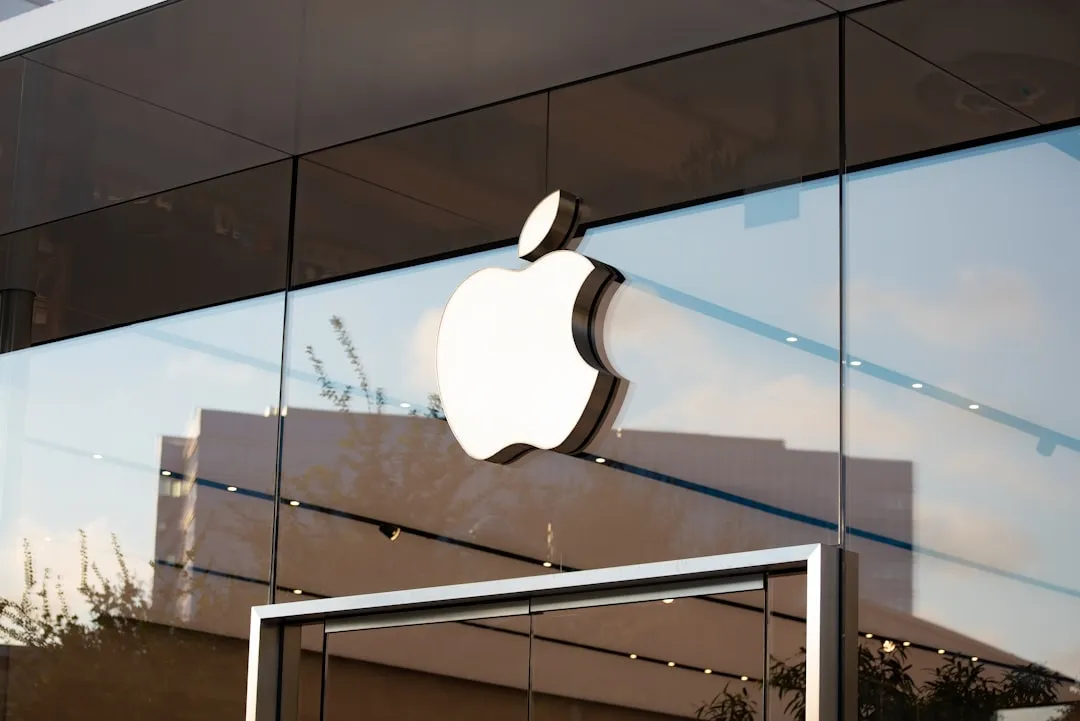



Comments
Be the first, drop a comment!